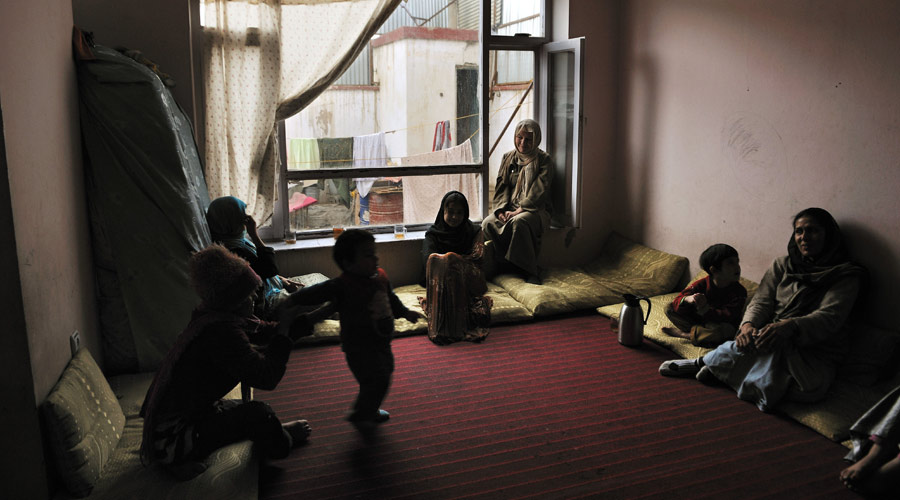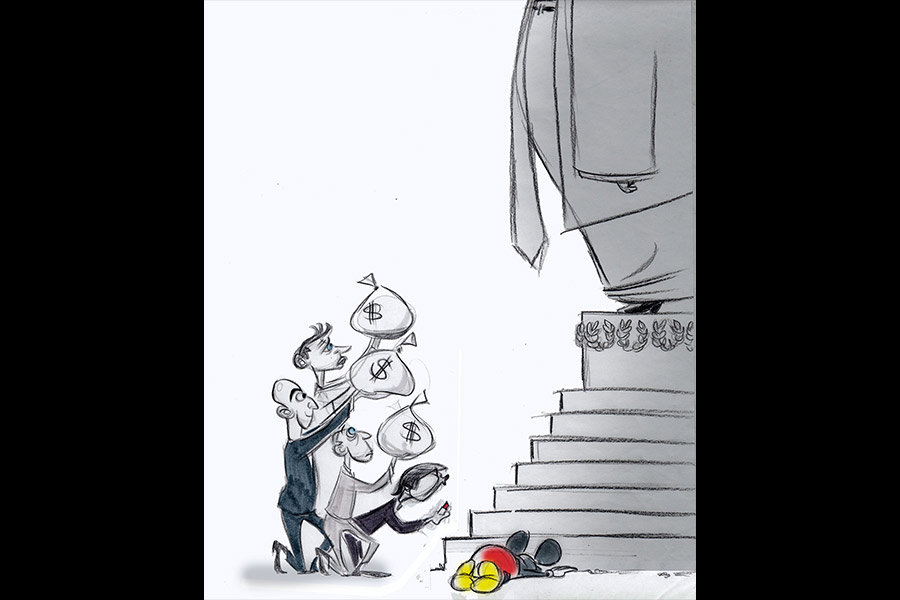It took years for Women for Afghan Women to build up Afghanistan’s largest network of women’s protection services — 32 safe houses, family guidance centres and children’s homes in 14 provinces, growing by word of mouth and driven by the intense need for their services.
They started closing their doors in a matter of days as the Taliban began their lightning advance through Afghan cities on August 6. Most of the shelter directors grabbed or burned records, packed a few belongings and fled with their clients as word arrived that the Taliban were coming.
Very few safe-house directors opted to stay where they were, but went silent, fearful that anything they said could bring harm to the women in their care. No one is accepting new cases.
“Our shelters, our women’s protection centres, are gone. It is highly unlikely that most of the work we do for women, we will be able to do as we have done it,” said Sunita Viswanath, the co-founder of Women for Afghan Women.
Even before the Taliban takeover, Afghanistan placed near the bottom of every list when it came to protections for women, and at the top in terms of the need for safe houses, counselling and courts that could help keep women safe.
More than half of all Afghan women reported physical abuse and 17 per cent reported sexual violence, while almost 60 per cent were in forced marriages as opposed to arranged marriages, according to studies cited by the Afghan ministry of women’s affairs — and underreporting is rampant.
Honour killings, child marriages, the payment of a bride price for a woman, and the practice of baad — the trading of young girls to pay the debts of the elders, which is tantamount to selling a child into slavery — still occur in rural areas. Everywhere, harassment of women in workplaces and in public is a constant, as is psychological abuse, according to recent studies.As the insurgency advanced, the first concern of the staff of Women for Afghan Women and others running similar shelters was what the Taliban might do to punish them.
But it is not just fear of the Taliban that has frightened the shelter operators and their clients this time.
Taliban fighters have come to some of the shelters in recent weeks. Sometimes they have vandalised the premises and taken over the buildings, but there have been no reports of their harming anyone yet, said Viswanath, the Women for Afghan Women co-founder. “None of our staff has been beaten, attacked, killed, as far as I know,” she said.
Much of the concern has come from the waves of prisoners set free during the Taliban advance. Among them were men imprisoned under women’s protections laws that were enacted with western support over the past 20 years. The former prisoners have a grudge to bear not just against the female relative who spoke out against them and humiliated them publicly, but also against all those who supported that effort — the safe house directors, counsellors and lawyers.
The shelters have long been targets. For many in Afghanistan’s harshly patriarchal society — not just the Taliban — a woman who is on her own or who leaves her family is often viewed as a prostitute. Some see shelters for battered women as thin disguises for brothels.
Over the past 15 years, however, despite the societal antagonism toward protections for women, more began seeking out shelters. Often bearing ghastly injuries — broken bones or internal injuries from being severely beaten — women would again and again knock at the unmarked gates or ordinary homes where women’s aid groups took people in.
Whether those operations will continue is firmly in the hands of the Taliban, who are expected to announce their own laws to govern women’s conduct. That will leave the former Afghan government’s Elimination of Violence Against Women Act, and other protections, on uncertain footing.
New York Times News Service











